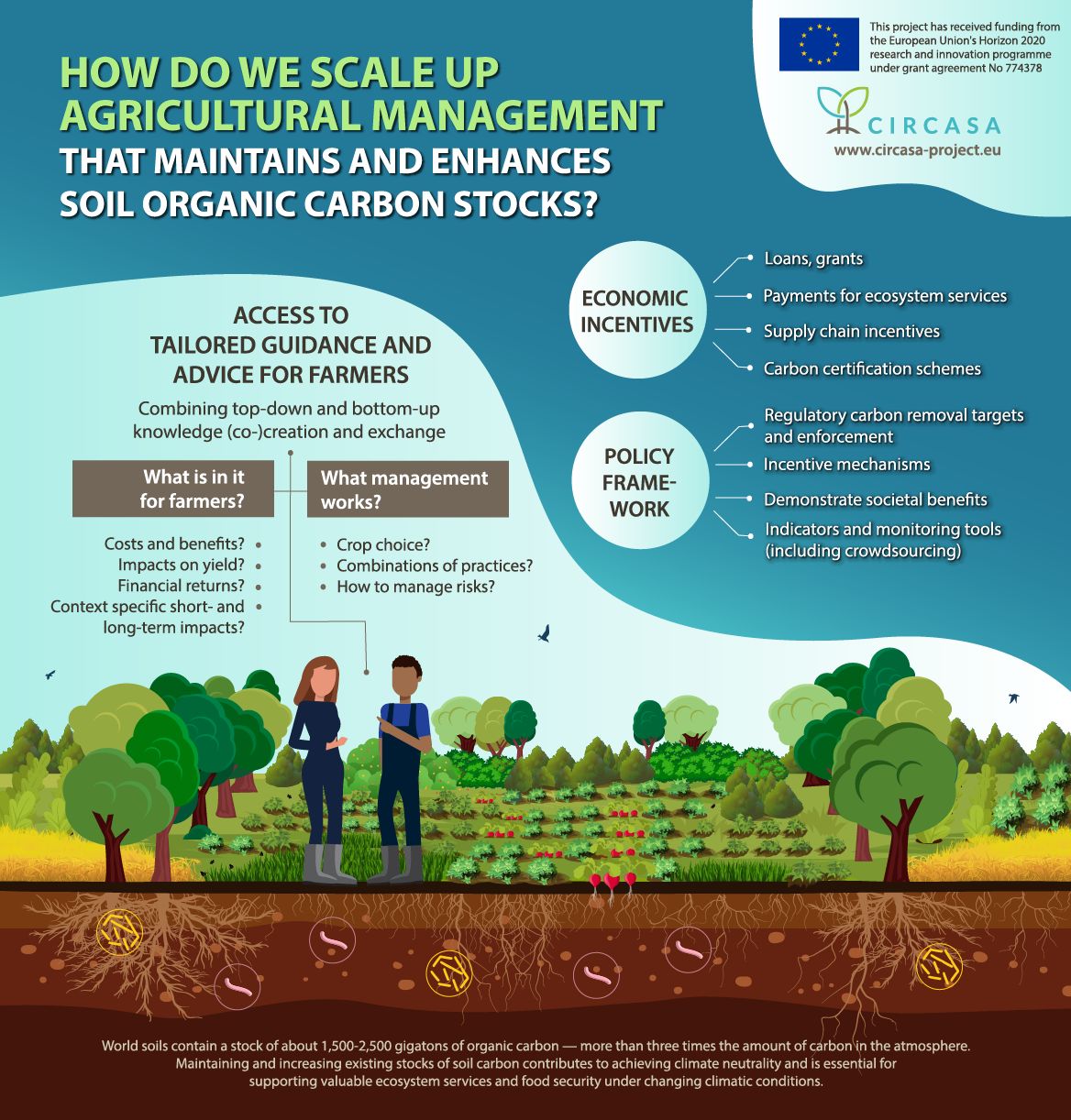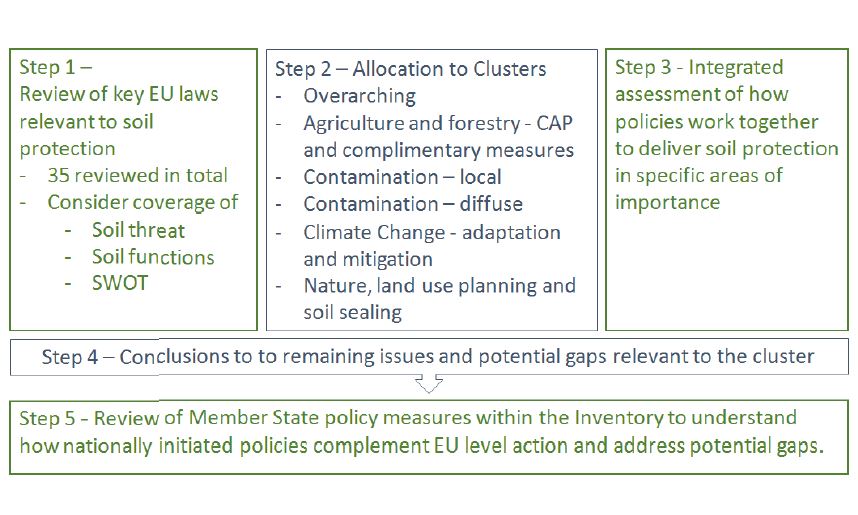Part A: Explanation of the Taxonomy approach
1. Context and rationale
1.1 An introduction - Why have an EU Taxonomy?
1.2 Background - The EU environment and climate action framework
1.3 The role of sustainable finance
2. The Technical Expert Group
2.1 Mandate and work to date
3. Principles for Taxonomy development
3.1 Principles enshrined in regulation
3.2 Additional principles developed by TEG
Part B: Methodology for developing the Taxonomy
4. Sector framework
5. Economic and environmental systems
6. Climate change mitigation
6.1 Work process – conceptual approach
6.2 Methodology for selecting sectors and economic activities
6.3 Defining substantial contribution to climate change mitigation
6.4 Eligibility of finance for activities contributing substantially to mitigation
6.5 Mitigation activities table
7. Climate change adaptation
7.1 Work process – conceptual approach
7.2 Defining substantial contribution to climate change adaptation
7.3 Adaptation screening criteria
7.4 Eligibility of finance for activities contributing substantially to adaptation
7.5 Classification of climate-related hazards
7.6 Sectoral sensitivity to climate hazards
7.7 Adaptation activities table
8. Do no significant harm (DNSH)
8.1 DNSH to climate change adaptation (for other environmental objectives)
8.2 DNSH to environmental objectives 3-6
9. Climate change mitigation worked example
10. Climate change adaptation worked example
Part C: Taxonomy user and use case analysis
11. Users of the Taxonomy
11.1 Defining the users
11.2 Obligations for Taxonomy users
12. Implementation matters
12.1 General implementation approach
12.2 Differences by asset classes
12.3 Case Studies
13. Data: availability analysis and results
13.1 Revenue breakdown by Taxonomy-related activities
13.2 Environmental data
14. Role of companies
14.1 Advantages of reporting to facilitate the implementation of the Taxonomy
15. Role of data providers
Part D: Economic impacts of the Taxonomy
16. Expected impacts of the Taxonomy
16.1 Coverage of the Taxonomy and financial quantitative impact assessment
16.2 Qualitative analysis of the transmission channels of the Taxonomy
16.3 Cost and benefit analysis for relevant stakeholders
16.4 Conclusions
Part E: Next steps for the Taxonomy
17. The extension of the TEG and development after TEG
17.1 TEG extension
17.2 Ongoing development beyond the TEG
Part F: Technical screening criteria
18. List of activities with technical screening criteria
18.1 Summary: climate change mitigation
18.2 Summary: climate change adaptation
Detailed activities: climate change mitigation
19. Agriculture
20. Forestry
21. Manufacturing
22. Electricity, gas, steam and air conditioning supply
23. Water, Sewerage, Waste and Remediation
24. Transportation
25. Information and communication
26. Construction, Real estate activities
Detailed activities: Climate change adaptation
27. Agriculture, Forestry and Fishing
28. Electricity, gas, steam and air conditioning supply
29. Water supply; sewerage; waste management and remediation activities
30. Information and communication
31. Financial and insurance activities
32. Professional, scientific and technical activities






